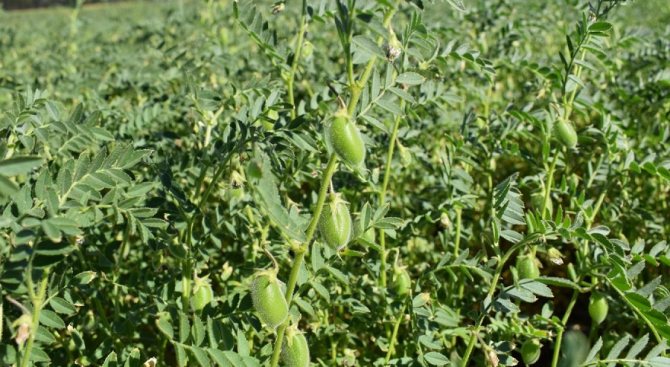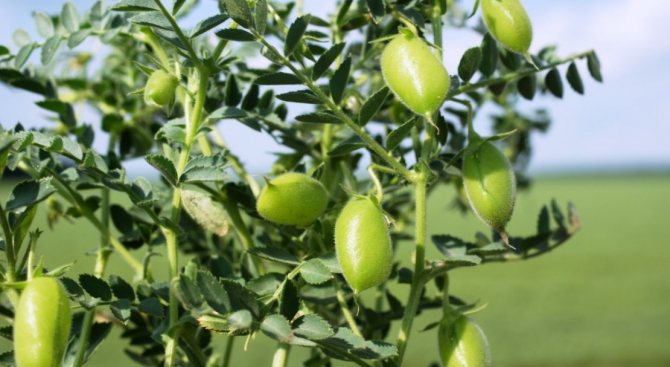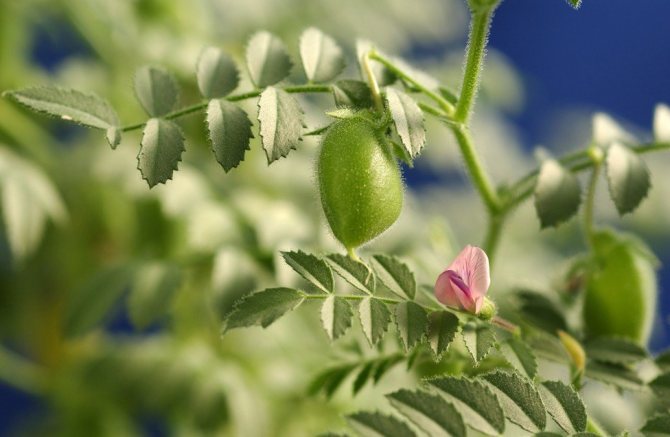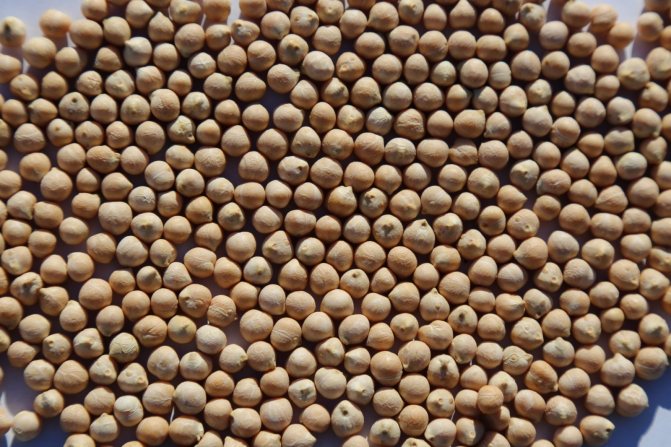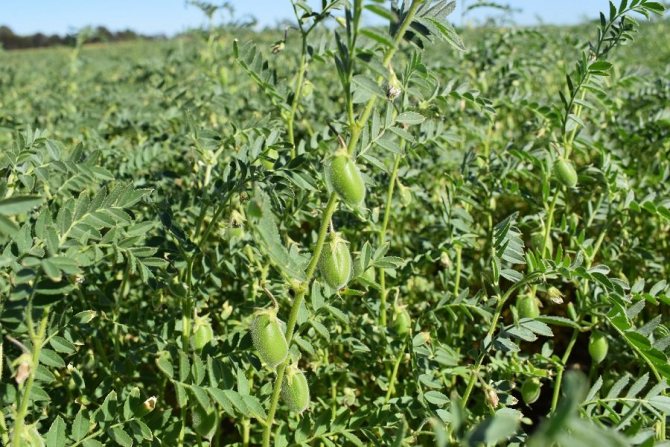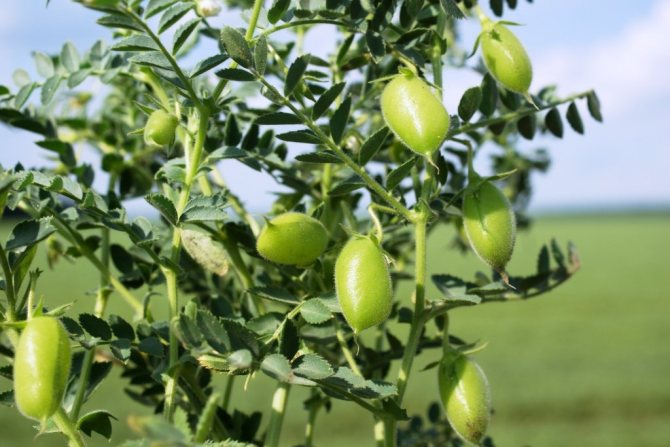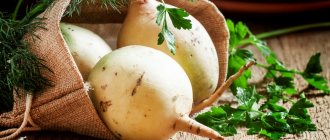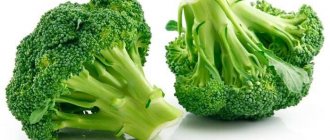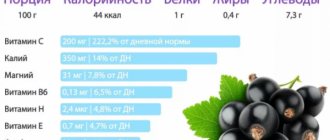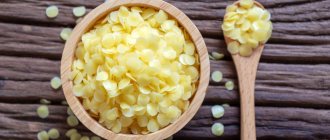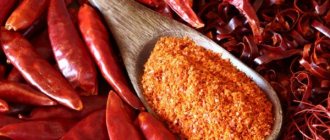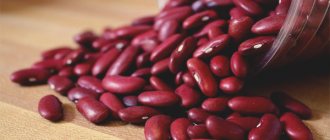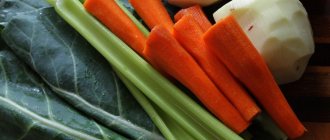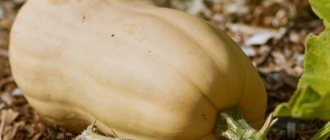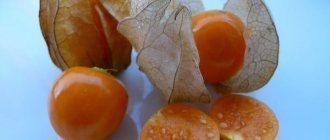Black peas are an unusual and unusual vegetable for our latitudes. Belongs to legumes, is used in cooking, folk medicine, for livestock feed. A distinctive feature is the black seed part. The variety is actively grown in the Eastern countries, but is popular all over the world.
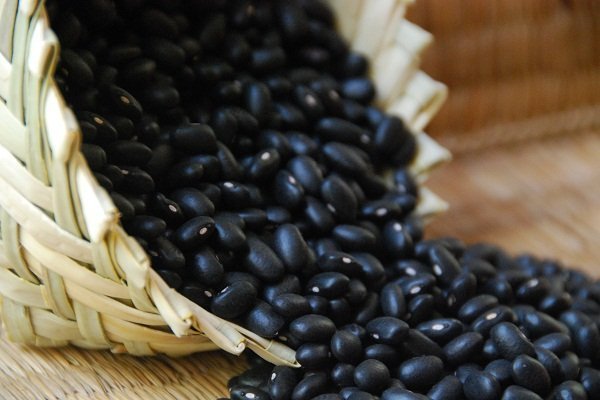
Black peas are used in medicine and cosmetology


Self-pollinating black pea flowers
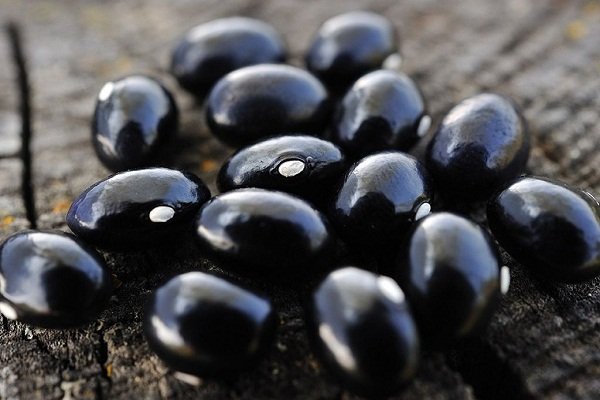

Black peas
Some information about peas
For hundreds of years, Europeans have cultivated peas as a forage crop. He was not of great value and was included in the diet, mainly of the poor or monks. However, time does not stand still. Society developed, the attitude to the product gradually changed, and with the advent of canning and quick freezing technology, it changed completely. Today, there are dozens of varieties of culture for one purpose or another.
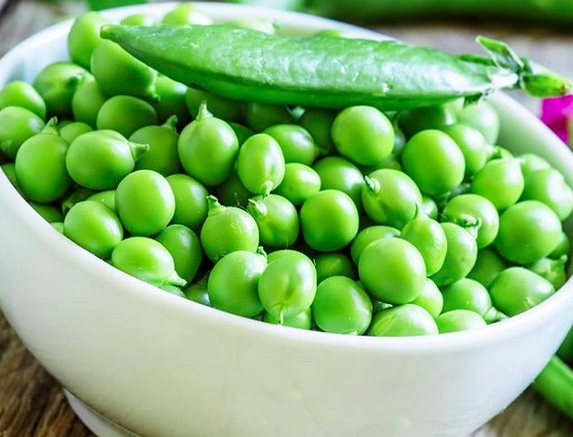

Peas are the richest source of protein among vegetable crops.
It makes no sense to describe the botanical variety of peas, since it will not give anything to a simple gardener. I will give only a brief idea of what groups the varieties bred over many years can be divided into. The source of the given classification is the book by D. Haas "A Year in a Garden Plot" from 1982 (my handbook).
So, by height, peas are:
In what form do you like to eat peas more?
Fresh canned
- Dwarf - grows up to 60 cm, no more;
- Medium height - from 70 to 100 cm;
- Tall - from 90 to 130 cm;
- Very tall - from 120 to 150 cm.
By use, the varieties are divided into:
- Sugareaten with tender pods.
- Peeling, which value only seeds or, in other words, green peas.
In turn, the seeds, when ripe or after drying, can be smooth or shriveled. The first ones are eaten mainly after boiling or stewing, we buy them by weight in the store. In the latter case, these are cerebral (sweet) varieties, which are usually not brought to ripeness, but are used unripe, for example, in conservation. Both those and others in a mature state are green or yellow.
According to the duration of the growing season, varieties are distinguished early, mid-early and late.
Peas are an excellent precursor for a large number of garden crops. The presence of symbiotic nodule nitrogen fixers on its roots contributes not only to good plant growth, but also to an improvement in the quality of the soil.
The best sugar varieties
Every gardener wants to grow peas that are sweeter and larger. And in order to give a good harvest, be little affected by diseases, pests, and ripen at the right time. Below I will give descriptions of several sugar varieties that, in the opinion of many summer residents, and somewhere in my personal experience, deserve the best reviews.
Sugar Snap
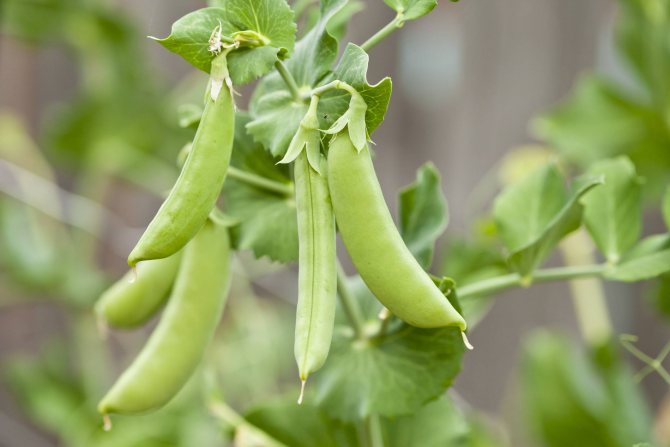

The pods are just as tasty as the peas!
Perhaps this is the leader among all varieties in terms of taste. I myself was engaged in cultivation and I can say with confidence that its pods are no less tasty than peas. Children cracked them like nuts when they tasted them. It is known that ripe seeds are good for soup and vegetable dishes, but I never had to cook them, since they were eaten in the garden beds.
In my garden, the soil is not the most fertile, but not poor, not acidic.As a result, the peas stretched out to my height, grew very large and gave a good harvest. He definitely needs support, so I arranged the trellises in advance, as for grapes. The pods are longer than those of simple peas, about 8-9 cm, inside there are 7-9 medium-sized peas. I think resistance to heat and disease is a big plus. Sugar Snap never got sick with moderate watering.
On heavy soils, peas ripen later than on light ones, but the yield is more abundant. At the same time, on rich soils, the plant forms a riot of green mass, but with a low content of pods. You can sow it after any crops except legumes.
Ambrosia
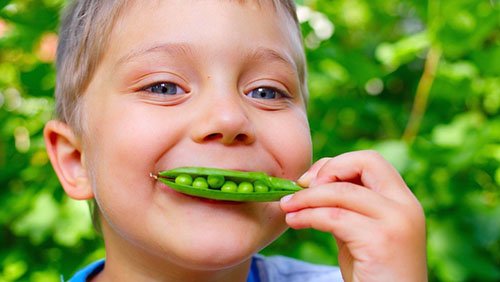

Children eat with pleasure!
I myself did not grow Ambrosia, but I had occasion to try it, so the opinion was good. The variety is quite sweet and leaves behind a pleasant aftertaste, but nevertheless, in terms of taste, in my opinion, it is slightly inferior to Sugar Snap. Its shoulder blades can be eaten whole or added to early salads and stews. It takes about two months from the moment of seed germination to ripening.
Ambrosia - early maturing, gives a rich harvest at the end of June, in July. In our south, they begin to collect pods at the end of May. Bushy plants, 0.5-0.7 m high, require support, and in other cases, tie. Slightly curved beans are rather large, formed in pairs from one bud, each pod contains 6-8 peas. It is a cerebral variety, when fully ripe, it forms shriveled seeds of a yellowish tint. The culture is unpretentious, spread throughout Russia.
Sugar 2
Another proven mid-season variety with excellent yields. The taste of these peas reminds me of the peas from my childhood - sweet, juicy and you can eat the whole shoulder blade. The product is remarkable in that it does not coarse for a long time. If in other varieties it is good to eat only young, tender pods fresh, then in Sugar 2, even after ripening, the grain retains its softness and sweetness for some time.


No pollination required, can be grown indoors.
Sugar 2 is considered mid-season, from the moment of germination to the first harvest, 60-65 days pass. The plant is not too tall, about 60-70 cm, but in order not to fall, it requires an obligatory support or tying. The pods are large, 7-9 cm, fully filled with large grains when mature. The advantage of the variety is its unpretentiousness, resistance to fungal diseases and moth lesions. Due to the fact that the pods are tied without pollination, they can be grown indoors.
Of course, the varieties described above are not the only ones in sugar peas. Worthy of mention are Sugar Giant, Golden Suite, Telephone, Children's Sugar, Honey Scooper, Sugar Dadi and many others. Breeders from Russia, the USA, India, China, and European countries are working on the development of new varieties.
ATTENTION! The ripening rate of peas depends on the ambient temperature. The hotter, the faster the culture "departs": its fruits quickly become ripe, powdery, hard and tasteless.
Useful materials
Read other articles on pepper seedlings:
- and do we need them?
- How to grow, or at home?
Peas are an annual herb with a hollow green stem and clinging tendrils. Pea flowers are white, bisexual and self-pollinating. The fruit of this plant is presented in the form of a pod, which is often called a pod. The size of the fruit depends on the specific pea variety. Typically, each bean contains about 6–8 seeds arranged in a row.
The composition of such a high-calorie product includes saturated fatty acids, dietary fiber, carbohydrates, minerals and vitamins. This plant boasts a high content of magnesium, calcium, phosphorus, potassium, sulfur and chlorine.In addition, peas contain trace elements such as zinc, iron, iodine, manganese, copper, chromium, selenium, molybdenum, fluorine, nickel, strontium and others. The significant protein content allows peas to replace meat products in the diet. It is perfectly digested and absorbed by the body.
Peas increase efficiency, improve brain activity, and normalize the digestive system. Due to the presence of antioxidants in peas, it helps to maintain youth and beauty, and also stimulates complex regeneration processes in organs and tissues. Such a plant has a large amount of essential amino acids, starch and vegetable fat, as well as beneficial enzymes and fiber.
Popular shelling varieties
The fruits of shell peas are excellent for preparing various dishes, but they are grown in dachas no less often than sugar peas. Unripe, while peas are soft and sweet, they can also be harvested, which means they can be eaten fresh. In this group of varieties, the following can be distinguished:
Slider
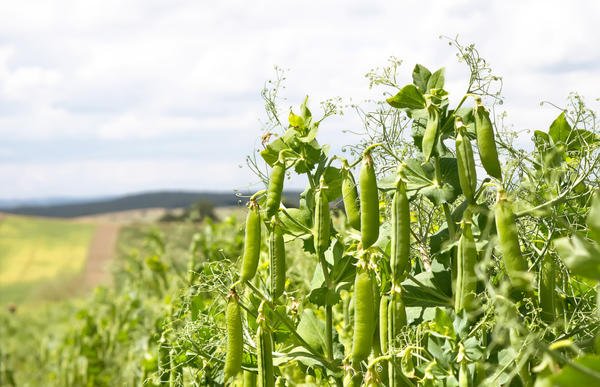

The Slider's advantage is long-term fruiting.
Good peas for growing on the site. Early ripening, it is harvested in 48-55 days from the date of emergence. The slider is considered a slightly leafy pea, that is, with a small number of leaves and a large number of whiskers. Due to this, the plant has good adhesion and does not lie down from bad weather. Its height is 60-70 cm. The length of the pod is up to 10 cm.
The variety is cerebral, the taste is excellent. In an unripe state, the grains are juicy and sweet. It peels well. Great for fresh consumption and home canning. The Slider's advantage is long-term fruiting. The crop can be removed every other day.
Madonna


The high protein content makes Madonna peas a suitable animal feed.
The result of the work of German breeders, since 2003 has been present on the Russian market. It is a mid-season variety with a growing season of 65-80 days. Plant height is about 0.8-0.9 m. The pods are long, thick, with a blunt tip. Filled with grains of approximately the same size, which crack easily after drying.
Madonna gives a good harvest, and under favorable conditions, the yield can grow by another 1.5 times. This makes the variety interesting from the point of view of industrial cultivation and food production.
Drought resistance is good, resistance to pests and fungal diseases is slightly lower. Seedlings grow and ripen evenly. The advantage of Madonna is its resistance to lodging, which makes it easier to cultivate it in the country.
Vera
An early maturing cerebral variety that ripens in about 50-60 days. Low, about 0.6 m s, with a simple, slightly branched stem. The pods are slightly curved or straight, densely filled with grain. Their length is 6-8 cm, the parchment layer is well developed inside. Vera is valued for its resistance to lodging, heat resistance and unpretentiousness. In addition, fungal pathogens (except ascochitis) and pests are not terrible.
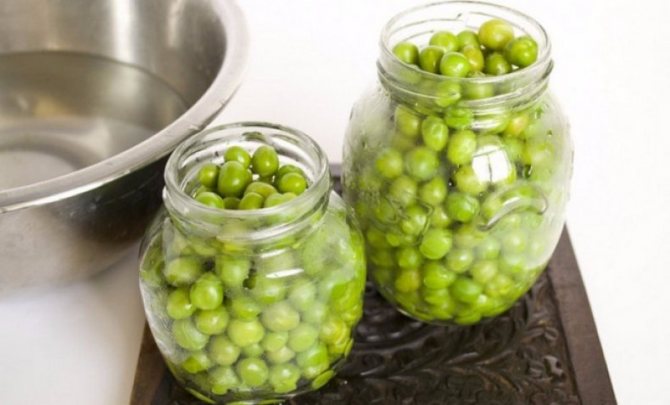

The grains are rich in protein and have excellent taste. The variety is good for canning.
To obtain green peas, harvesting is carried out upon reaching technical ripeness. Dry grain is harvested when the beans dry out and change their color. After that, the grain is husked and dried.
Calorie content
Nutritional value per 100 g of the product in question in dried form:
| Calories | 364 kcal |
| Proteins3 | 19-30 g |
| Fats5 | 6 g |
| Carbohydrates7 | 61 g |
Nutritional value per 100 g of boiled products:
| Calories | 127 kcal |
| Protein | 8.3 g |
| Fats | 1.9 g |
| Carbohydrates | 19.3 g |
Important! The beneficial substances contained in chickpeas are completely preserved even after heat treatment.
Large varieties of peas
Large does not mean sweet yet. As a rule, smaller brothers boast more juiciness and sweetness.But if you still want to please yourself and surprise your neighbors, you can choose the following options:
| Name | Grain / Bean Size | Features of the |
| Russian size | Grains from 1 cm. Soft, juicy, slightly peculiar taste. | It is a cold-hardy, late-ripening variety. The cultivation technique is the same as that of simple peas. Needs support, loves watering. |
| Prelado | Peas 0.8-1 cm in size. | Shelling type of peas. In milky ripeness, its grains are juicy, sweetish. Each bean contains 7 grains. Doesn't need constant watering. |
| Sweet pearls | The diameter of the grains is about 1 cm. | Sugar peas with excellent yields even in cold climates. Peas have excellent taste. |
| Oregon giant | The length of the beans is about 20 cm. The grains are small to medium in size. | Ultra-early sugar peas with very wide pods. With good nutrition and regular watering, it gives an excellent harvest. Planted according to the scheme 80 × 80 cm or more. |
IMPORTANT! All large varieties need support, as they simply cannot bear the weight of their fruits on their own!
Ultra early peas
The earliest varieties of peas are the juiciest and sweetest. In addition, they are suitable for growing in regions with harsh climates. In addition to Ambrosia, Slider, Prelado and Vera, you can consider the following varieties:
| Name | Description |
| Pioneer | A very early sugar type, reaching technical maturity in 42-45 days under favorable conditions. The pods are long and pointed, densely filled with grains, ripen together. |
| Innovesa | A low hulking type of pea, ripening in about 45 days under ideal conditions. Gives a wonderful harvest. The peas are regular, juicy and sweet. |
| Alpha | A good sugar variety, its fruits can be removed after 45-50 days. Cold-resistant, easily tolerates light frosts. Can be sown several times per season. |
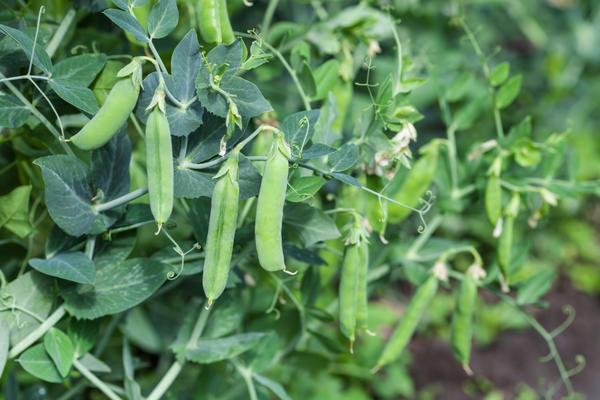

The earliest varieties of peas are very juicy and sweet!
Fancy peas
For lovers of exotic and everything unusual, there are a couple more varieties of peas to choose from:
| Name | Description |
| Golden Sweet (Golden Sweet) | The result of the work of Indian breeders. It is a sprawling bush up to 2 m high with bright yellow pods and purple flowers. The variety is sugar, the taste of young beans is delicate and pleasant. Long-term fruiting. |
| Purple sugar | Not only tasty but decorative. The plant is tall, more than 1 m. Leaves and stems with red veins. The beans are large, 8-9 cm, deep purple color with a waxy coating that retains moisture inside the pod. |
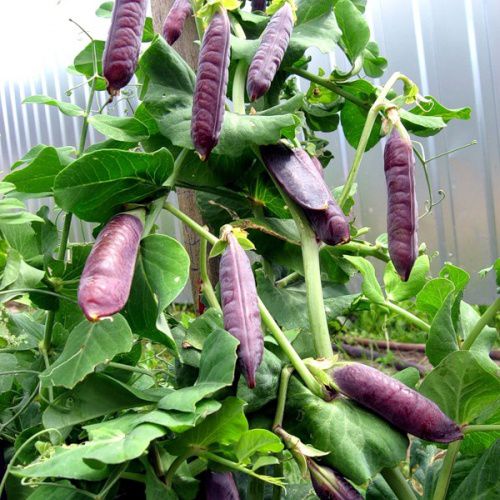

Purple sugar peas are not only tasty but also decorative.
In fact, there are many unusual varieties of peas. But this is mostly an exclusive, which is quite expensive, and at the same time it is difficult to acquire it.
Features of use
Green peas can be eaten in a variety of ways. It is good to use it as a side dish with meat or fish dishes. For a side dish, it can be boiled or fried. It should be borne in mind that the pods are suitable for cooking while the peas are young and the peas have not yet formed. Young peas do not need to be subjected to prolonged heat treatment in order for them to retain their beneficial properties and be tasty.
First, the pods need to be washed thoroughly and the tough tails should be trimmed - even cooking over a fire will not make them soft. If the pods are slightly dry, they can be placed in cold water for a couple of hours - they will return to their original appearance. Peas are dipped in boiling water and cooked over low heat for 1-2 minutes. The finished peas are soft but crisp. Peas are also fried for 1-2 minutes using vegetable oil. The pods can be cooked by simply holding them over the hot steam.
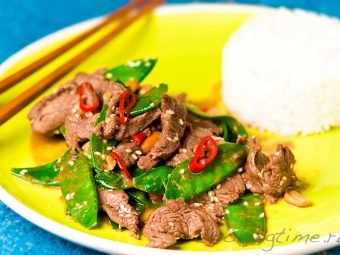

With various sauces, peas can also be served as an independent dish. Green peas can be stewed with other vegetables, put in first courses. In this case, it is added to stews or soups a couple of minutes before cooking.If you are expecting guests, decorate meat or fish dishes with bright green pods. The prepared product, cut into pieces, is added to vegetable salads. Delicate young peas can also be eaten raw. Its pleasant taste will add originality to various salads.
As a dessert, it is used by people adhering to strict weight loss diets. However, over-indulgence in raw food can lead to indigestion.
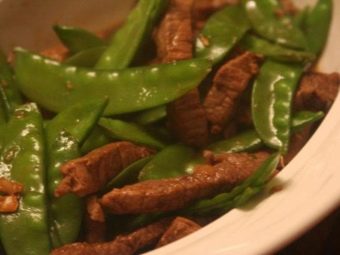

Leafless varieties
Leafless peas are very convenient to grow. Such plants are compact and can be sown thicker. The grip of the stems due to the mustache is quite strong, as a result, the bushes are resistant to strong winds. In addition, with a minimal number of leaves, the pods are particularly visible and easy to harvest. Here are some of the varieties:
| Name | Description |
| Afilla | Late-ripening shell peas, capable of producing a crop twice in one season. Grows small, only 0.5 m in height. The pods are all even, as if on a selection. The variety is unpretentious. |
| Rocket | A variety for central Russia, but it is rarely grown in summer cottages. Mainly on an industrial scale as animal feed. |
| Bingo | An excellent leafless pea that produces good yields in dry conditions. Medium-sized, late ripening, with medium-length beans. Brain variety with excellent taste. |
| Aksai mustache | A tall, mid-season variety, notable for the fact that it does not crumble. Resistant to pests and fungal pathogens. The grains taste great. |
| Sail | A popular shelling variety in the North Caucasus. The plant is not tall, it is considered mid-season, has long wide beans. The grains are juicy and have a sweet taste. |
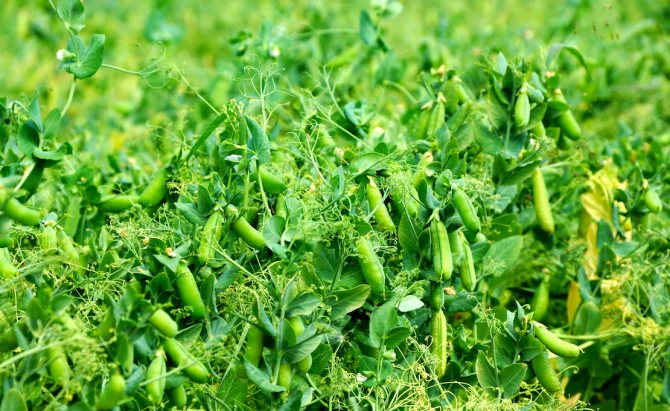

The choice of pea varieties is so great that it is easy even to get confused. It is good that the culture is easy to cultivate, which means that you can afford to experiment with new tastes every year.
Contraindications and harm
Unfortunately, peas also have negative sides that cannot be gotten rid of, and they cannot be neglected either.
- It is not recommended to use it:
- During pregnancy, as it can cause increased gas production, and as a result, the baby will feel discomfort.
- With gout, because it contains a large amount of puric acid, which accumulates in the connective tissues and contributes to a deterioration in well-being.
- With exacerbation of peptic ulcers or gastritis, as it can cause complications.
- With individual intolerance to this product.

